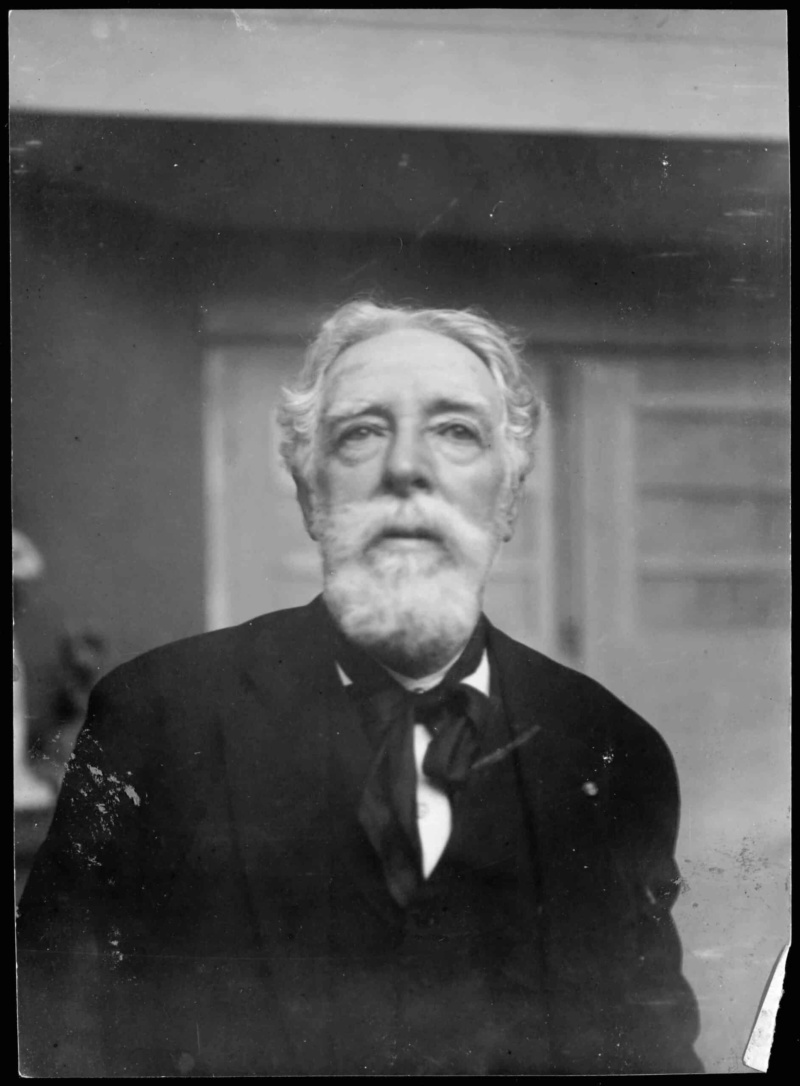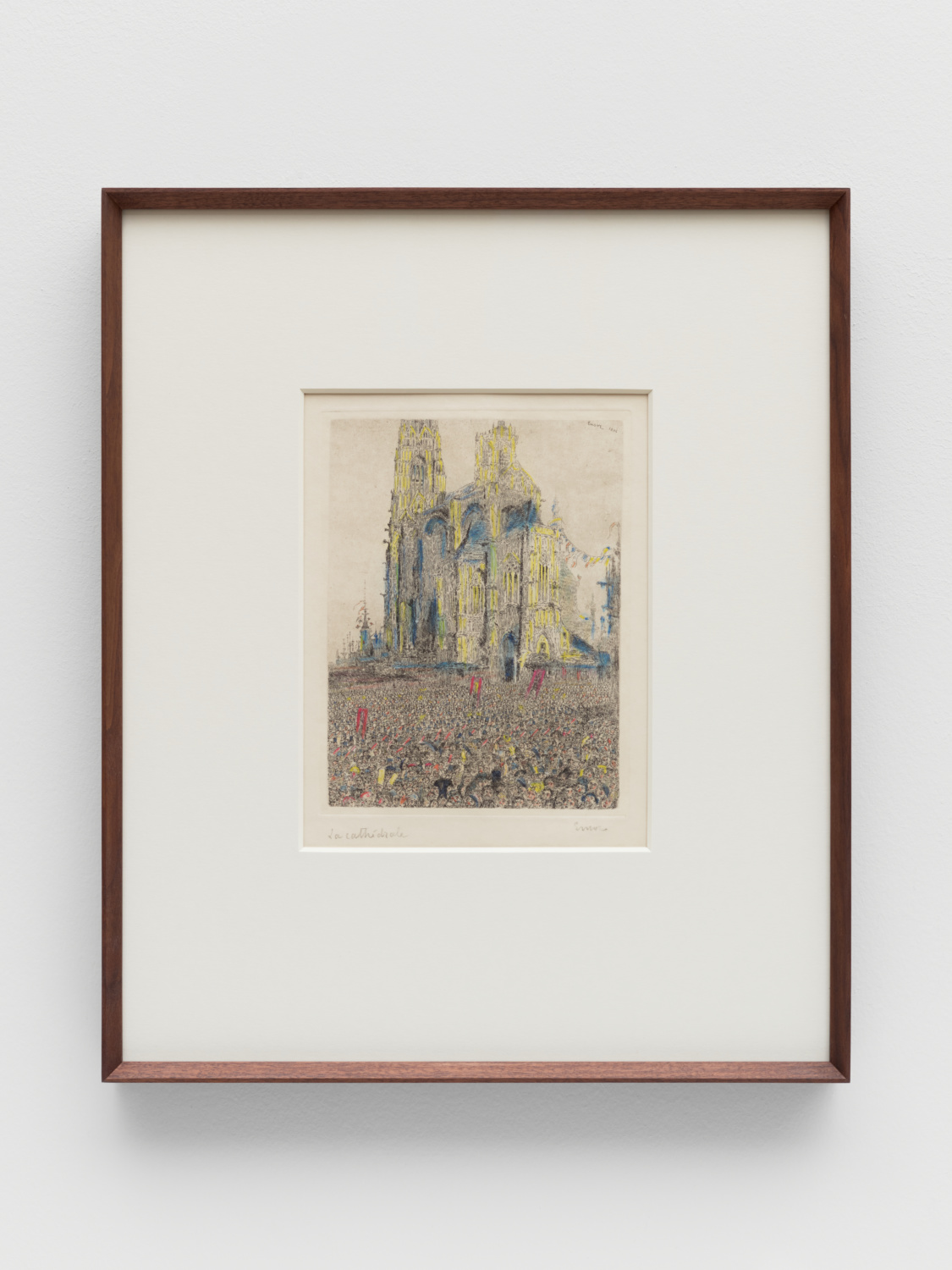About the artist
b. April 13, 1860, Ostend, Belgium
d. November 19, 1949, Ostend, Belgium
James Ensor was a pioneering Belgian artist known for his unique and imaginative approach that bridged early twentieth-century avant-garde movements like Expressionism and Surrealism. Though initially associated with the Salon des XX, he distanced himself from mainstream groups, creating works that critiqued authority and societal norms. Influenced by artists like Goya, Bosch, and Bruegel, Ensor’s art often featured dark, fantastical elements such as skeletons, masks, and grotesque figures, reflecting his anarchist views and interest in subverting established conventions.
During his career, Ensor explored various mediums, including etching and lithography, with his early work in realism evolving into more fantastical themes. His prints and paintings, such as Masks Confronting Death (1888) and Adam and Eve Expelled from Paradise (1887), challenged traditional aesthetics and foreshadowed Surrealist elements that would emerge later. He also continued the Flemish tradition of depicting crowds and festivals, adding his own satirical twist.
By the early 1900s, Ensor’s international recognition grew, with retrospectives in Rotterdam and Antwerp, and he was honored with the Légion d’Honneur in 1933. His later work, while still provocative, reflected a shift away from his earlier anarchist convictions, marking his acceptance into the artistic establishment. Ensor’s legacy endures as a visionary who defied conventions and created art that continues to captivate contemporary audiences.



